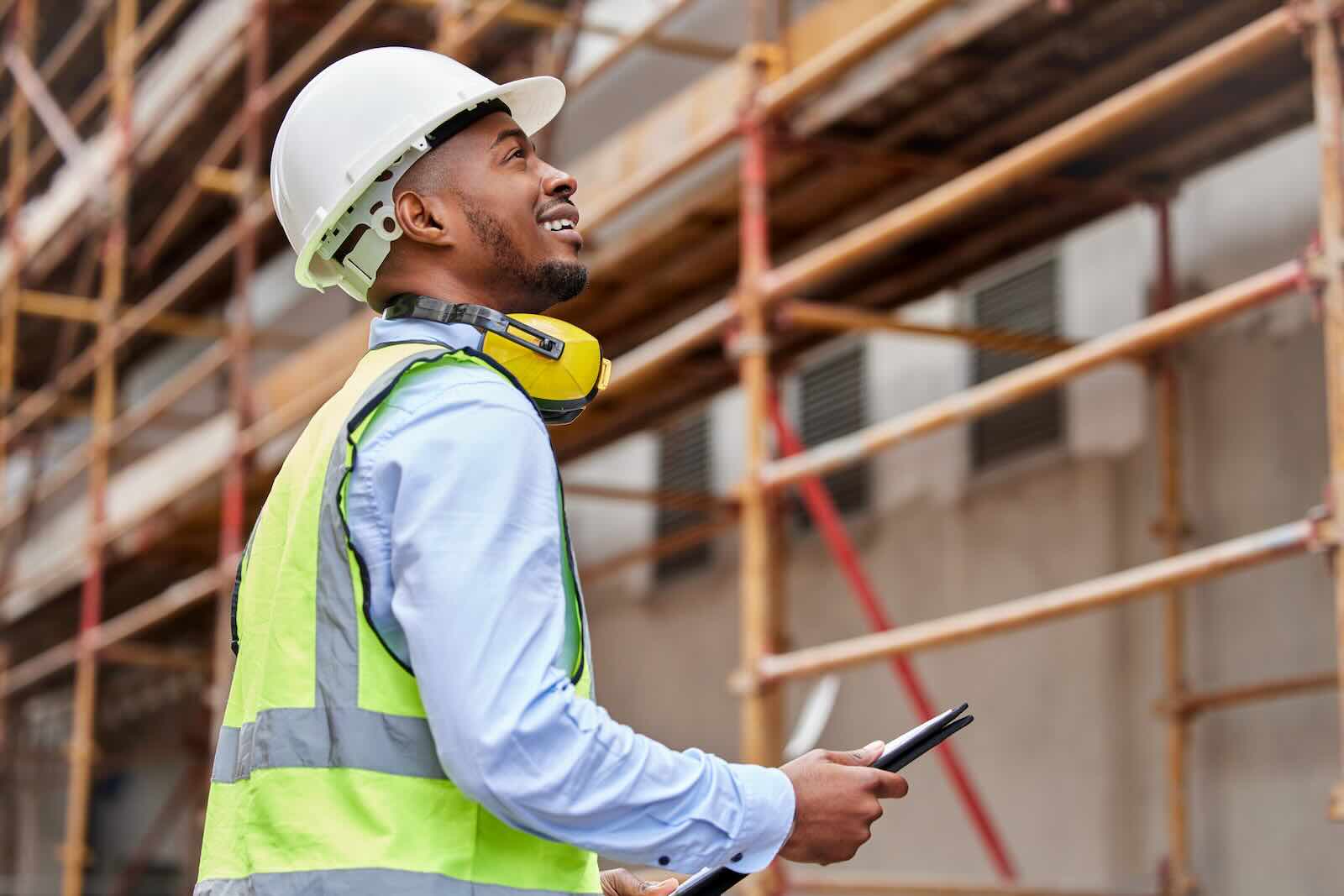Highlights and tidbits from the Social Capital Markets conference in San Francisco:
Leveraging FOMO to drive institutional change.
It seems big banks and venture capitalists may be as susceptible as teenagers to the Fear of Missing Out. James Rantanen of Deutsche Bank had been working since 2008 to build a platform for the bank’s wealth management clients that integrated impact investing and ESG (environmental, social, governance) concerns. Clients were demanding it, and in fact the bank had considerable experience in microfinance, environmental investing and emerging markets. “The internal aggregation was the massive challenge we had,” Rantanen said.
In 2012, a certain large New York competitor launched its Investing with Impact platform and Rantenen showed the press release to Deutsche’s chief investment officer. “He saw they had put together a competitive platform,” he remembered. “That really was the light bulb. At that point they said, ‘You are our champion.”
Sheel Tyle, partner at the venture capital firm NEA, said FOMO is also driving Sand Hill Road to look more closely at emerging market ventures and entrepreneurs. “What motivates the Valley, first and foremost, is FOMO,” Tyle said. Just as every VC firm needs a stake in virtual reality, artificial intelligence and self-driving cars, they’ll need a stake in tech-fueled startups that can go to scale in places like Nigeria and Indonesia. (David Bank)
Across the Gender Divide(s)
A Male View on Gender Lens Investing: “It’s smart to do, even if you don’t give a rip about women.” A Female View on Gender Lens Investing: ‘Let’s not sit in crappy meetings with people who don’t get it.” Your roving reporter’s view: “What we have here is a failure to communicate.”
The question of the day: how can we change this conversation to get to meaningful returns and measurable social impact? Some answers I got while interviewing people from the Criterion Institute /Women Effect breakfast through SOCAP’s Wine Down:
- Ashara Ekundayo, Oakland Impact Hub: We have to consider who defines the culture — we need to co-create the future.
- Vicki Saunders, SheEO: “We need to turn upside down how capital moves.”
- Pamela Roussos, Miller Center on Social Entrepreneurship: “We have to get the entrepreneurs prepared and get the investors ready to give.”
- Nina Weissberg, Weissberg Corp: “It just makes good sense to invest in companies that reflect the constituencies they serve.”
- Andy Lower, ADAP Capital: “Gender blindness totally affects the flow of capital.”
- Suzanne Biegel, Women Effect: We need new vehicles across the entire industry.
The last word goes to Joy Anderson of Criterion:
- “If we don’t change whose knowledge matters, we can’t reinvent the economy.” (Dorothy Thomas)
Beyond mush
Impact asset managers are advised to co-create products with large investors to ensure the products will work in the marketplace. Jennifer Kenning of Align Impact sees two areas in the U.S. where new impact investment products could be very lucrative for both short and long-term capital: working capital for small businesses and affordable housing.
Will Jacobsen of MicroVest compares it to producers of fake meat: “Companies like Beyond Burger make plant burgers, but they make it look like a burger, not like mush. You can’t give investors a bag of squished plant protein and wonder why they won’t buy it.”
Mistakes have been made. “We all get so passionate about these deals, and the ability to fully integrate values into the black box of wealth and wealth management,” says Tim Freundlich of ImpactAssets. “But there is a lot of aspirational projecting, and we need to do [a better job] of getting the train on track around the realities of what really works.”
Kenning says impact asset managers need to be better about designing products that looks like the products institutional investors are used to. “Investing is very habitual — we do what we’re used to and what has been successful. The more we can make [impact investing] look like what we’ve always done, the more successful we’ll be.” (Jessica Pothering)
Payments for outcomes nudge market-based businesses to serve the poor
Acumen Fund’s Sasha Dichter thinks it’s a logical next step for those who want companies to focus on and track their impact. Two firms — Roots of Impact and Global Success Fund — recently launched initiatives to test the potential of social impact incentives. The best candidates for such models will be ventures with clear, direct and easily measurable impact. Think clinics that perform eye surgeries, says Rodrigo Villar of New Ventures. (Dennis Price)
More than a dumb bucket
What would a “smart bucket” look like? Linking mobile technology to toilets could provide health data for individual or public health monitoring. Roofs of stalls could be leased to cell towers. Cell towers could be powered by waste briquettes. To the Toilet Board Coalition, these innovations are investable ideas that, with proper incubation and support, could make a huge impact in the lives of the 2.4 billion people globally who don’t have reliable access to toilets (see, Corporate ‘Toilet Coalition’ Takes Care of Business of Sanitation). To help some of these solutions potentially reach scale, the Coalition has launched its own accelerator program. It is also co-investing in early business models and bundling existing ideas that are targeting the same users. (Maura Dilley)
Hardware is hard
Social entrepreneurs launching new hardware products may have the hardest time of any getting early investors on board. “Hardware is very risky. It’s never a matter of if something will go wrong, it’s when,” says Nithya Ramanthan of Nexleaf Analytics, which designs monitoring devices for cookstoves. She and other product designers have a cheat sheet of questions they would like potential investors to ask so investors can better understand how to mitigate the risks of investing in new products.
For Krista Donaldson of low-cost prosthetic manufacturer D-Rev, the most important question is whether hardware entrepreneurs know that their target customers will use the product. “We always think of getting the product out as the end-game. It’s not. You should know how to get your product to users, and ideally, that they love to use your product.” For the founders of Bureo Inc., a recycled skateboard manufacturer, entrepreneurs and investors need to discuss realistic timelines and costs for product launch and development, because even the most conservative timelines slip easily (see Net Gain: Bureo Collects Fishing Nets, Creates Skateboards, Fights Pollution). (Jessica Pothering)









